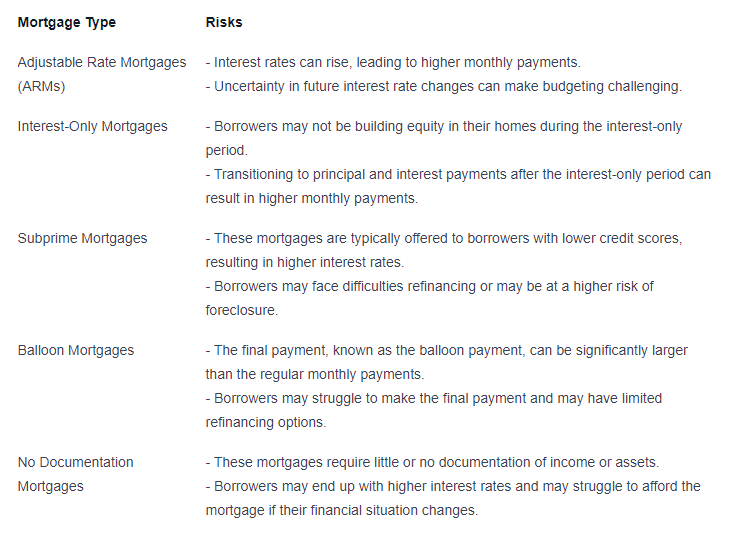When it comes to mortgage lending, risk isn’t just a factor—it’s a fundamental concern. Every home loan issued represents a calculated gamble that the borrower will repay on time, the property value will remain stable, and the economy will support long-term repayment.
But what are the actual risks lenders face in the U.S. mortgage market? In this blog, we’ll explore the Top 5 Types of Risks in loan and mortgage lending—and why managing them effectively is critical for both lenders and borrowers.
Definition: The risk that a borrower may default on loan repayments.
Credit risk is the most common and significant risk in mortgage lending. If a borrower fails to repay their loan due to job loss, poor financial planning, or other reasons, the lender may lose money—even if the property is foreclosed.
Definition: The risk of financial loss due to fluctuations in interest rates after issuing a loan.
Fixed-rate mortgages lock in a rate for years—even if market rates rise. That means lenders could earn less than prevailing market rates, hurting long-term profitability.
- Interest rate swaps and hedging strategies
- Adjustable-rate mortgage (ARM) products
- Duration matching with funding sources
- 3. Collateral (Market) Risk
Definition: The risk that the value of the property (collateral) securing the loan may decline.
A housing market downturn can shrink home values below the loan amount, especially in high-LTV scenarios. If the borrower defaults, the lender may not recover the full loan amount via foreclosure.
- Accurate property appraisals
- Conservative LTV thresholds
- Geographic market risk analysis
- Use of mortgage insurance
Definition: The risk of violating mortgage lending laws and regulations.
U.S. lenders must comply with strict laws such as:
- Dodd-Frank Act
- Truth in Lending Act (TILA)
- Real Estate Settlement Procedures Act (RESPA)
- Equal Credit Opportunity Act (ECOA)
Non-compliance can result in lawsuits, fines, and license revocation.
- Staff training on regulatory guidelines
- Automated compliance software
- Internal audits and legal reviews
Definition: Risks arising from internal failures such as human error, system glitches, fraud, or poor processes.
Even a simple clerical error can delay closings or lead to faulty approvals. Cybersecurity breaches, technology failures, or internal fraud also fall under this category.
- Robust internal controls
- Staff training & oversight
- Use of secure and efficient loan origination systems (LOS)
- Regular IT and fraud audits
Risk is unavoidable in mortgage lending—but it’s also manageable. The key lies in identifying and mitigating these five core risks:
- Credit Risk
- Interest Rate Risk
- Collateral/Market Risk
- Compliance & Legal Risk
- Operational Risk

